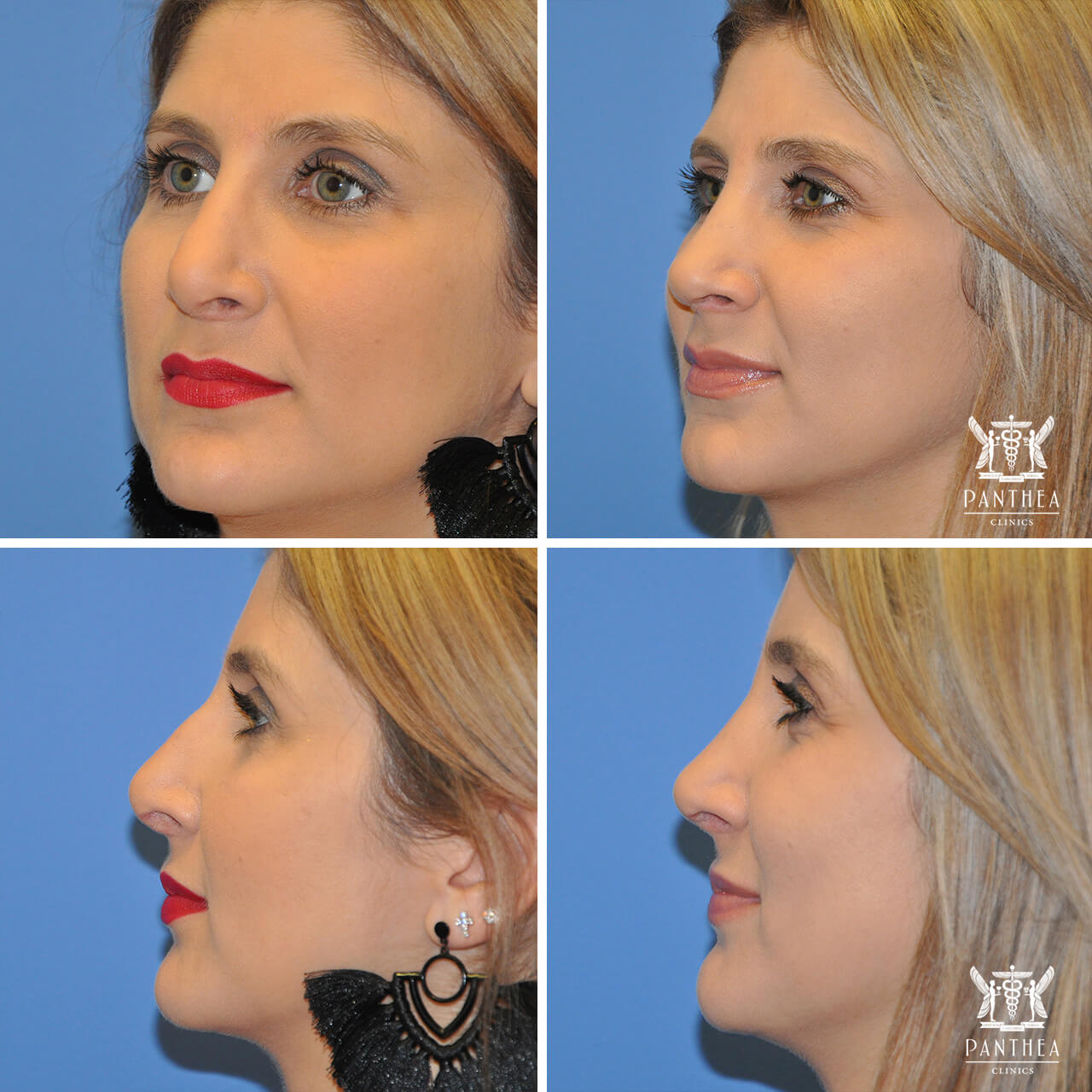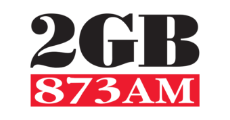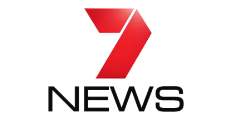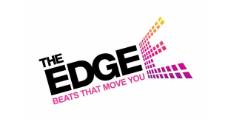REVISION RHINOPLASTY: A PROCEDURAL OVERVIEW
What is Revision Rhinoplasty?
Have you had a prior rhinoplasty procedure? A rhinoplasty revision (also known as a secondary or even tertiary rhinoplasty) is a procedure not too different to a primary rhinoplasty, where it now aims to correct any undesired complications from the initial rhinoplasty. It is technically more challenging and more often than not distant sites such as rib cartilages must be harvested for structural support and reconstruction. Most cases aim to correct nasal deformities by rebuilding the nasal bridge or tip. Approximately 2-30% of rhinoplasties will result in a secondary rhinoplasty. Common numbers quoted in the literature are up to 1 in 4 primary rhinoplasties end with a revision of some kind. Most of the preoperative assessments and procedures are the same as for primary rhinoplasties but with the additional consideration of the patient’s previous surgical history. It is important to consider the patient’s concerns, dissatisfactions, their social and psychiatric history and most importantly the objective evaluation of the patient’s anatomy.
Evaluation
OPERATIVE HISTORY
As a part of the preoperative evaluation of a patient looking for revision rhinoplasty, it is important to obtain all operative records, where possible of previous nasal surgeries. One of the most common reasons for a revision rhinoplasty is due to either under-resection or more commonly over-resection of the nasal cartilages. Hence, it is important to compare the operative record with the patient’s physical exam to aid the surgeon in determining whether the remaining cartilage needs to be further trimmed or as is often reinforced with grafts from the remaining septum or more commonly distant sites such as the rib cage.
PATIENT–REPORTED ISSUES
Ultimately it is important for the surgeon to have a very clear and precise understanding of the reasoning behind a patient’s dissatisfaction. It is important to establish realistic expectations and it should be clear to the patient when unrealistic expectations are judged. Many patient-reported issues will be unique prior to surgery, however most of these relate to postoperative complications such as an inappropriately placed graft, graft migration, pain, infection or nasal airflow obstruction. So function and form issues have to be separated and analysed to work out the optimal operative solution.
OBJECTIVE ISSUES
A full examination and facial analysis should be performed as a preoperative assessment, this includes assessment of the height, width and symmetry of the nose. The nasofrontal angle, location of and angulation should be recorded. The dorsum should be visually examined and palpated for contour irregularity. The bony pyramid or vault has to be analyzed noting its width and any asymmetries or inverted-V deformities. The supratip area should be assessed for pollybeak deformity and adequacy of tip projection and rotation. The evaluation of LLCs (Lower Lateral Cartilages) should include symmetry, alar rim collapse, the tip-defining points, width, position, columellar angle and nasolabial angle. An intranasal examination can be done to determine any valve narrowing or weakness, synechiae, and rule out septal perforation from prior surgery.
SKIN & STRUCTURAL SUPPORT
A skin examination for a patient who has had a previous rhinoplasty is very important as it can be thinned or scarred from previous surgery. It is important to take into consideration any previously placed alloplastic graft material that may have resulted in scarring. The presence of this scarring may increase the risk of necrosis and hence a poor outcome. The full nasal exam and analysis is needed to provide insight on the structural support remaining in the nose from previous operation(s). Often there will be a lack of support to the tip and alae that may require grafting due to prior cartilage removal.
Operative Principles & Approach
When it comes to revision rhinoplasty cases, it can be forcefully and convincingly argued that the open approach is advantageous as it allows for a full examination of the anatomy and assessment of previous surgeries, unless it is only a minor revision where it can be done through a closed technique. It is wise to minimize the amount of resection required as the structural support may already be compromised from previous dissection and resection. Sources for cartilage for grafting should be considered and planned prior to surgery. The best and most reliable source is the rib cartilage, ear cartilage may on occasion be used, generally for alar reconstructions. In cases where autologous cartilage is not available, alloplastic grafting materials can be used as substitute such as, solid silicone, Medpore, Gortex or even cadaveric rib is now available. If a substitute is chosen it is important that the patient is appropriately counselled and informed on the additional risks. Crushed cartilage or fascia forms and excellent cover for the dorsum of the nose hiding any irregularities in contour.
Where possible, the nose should be entered through the previous incision unless it has been poorly designed, this is to avoid leaving additional scarring on the patient. Dissection of cartilage should be proceeded with caution, anticipating scarring from previous dissection.
Recovery & Complications
The recovery experience from a revision rhinoplasty is likely to be similar to the patient’s recovery from their primary rhinoplasty, depending on the technique used. The recovery period can be much shorter in duration if a close technique is used. If the revision is more invasive in approach, the patients may need to wear an external cast and sometimes internal nasal splints for a few days postoperatively, similar to that of a primary rhinoplasty.
Any complications that may arise after revision rhinoplasty is essentially the same as that for primary rhinoplasty, however postoperative oedema may take longer to resolve. This is due to a possible higher risk of skin necrosis in the previously dissected tissue. The results of a revision rhinoplasty similar to primary rhinoplasty may take up to 12 months to be emerge.
Gallery

40 year old woman who underwent revision rhinoplasty at 3 months postoperatively

29 year old female who underwent revision rhinoplasty at 3 months postoperatively










